Gentlemen, twist the vinyls: Audio-Technica AT-LP3 player
Hi, Giktayms! It’s no secret that vinyl reached its peak in the middle of the 20th century, the record has long been one of the main bearers of music, and you probably remember these beautiful insert albums that hide black records in a transparent bag. Many were able to get acquainted with the work of Depeche Mode, Beatles and Pink Floyd thanks to vinyl, and the gentle crackling in the speakers was comparable to a breath of fresh air on the ocean. Thanks to the efforts of the manufacturers of acoustics, we can now touch the history, and we, too, are already in a modern way.

A device called the phonoautograph was created in France in the 19th century - then it was a cumbersome structure, which consisted of a glass roller (where the sound wave was recorded) covered with soot or paper, as well as a horn with a needle at the end.
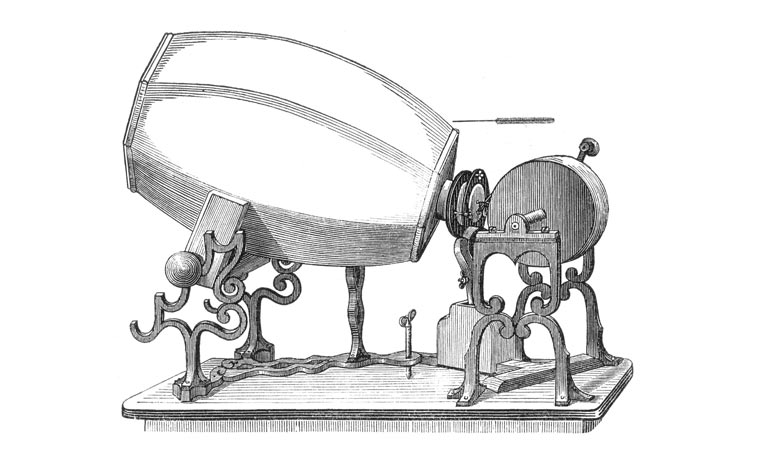
After several decades, the device was able to finish Thomas Edison. His phonograph played the sound from tin or wooden rollers, which were covered with foil or a piece of paper (previously soaked in wax). It can be said that this particular device became the main ancestor of twentieth-century vinyl players. Later, Berliner, who created a recorder and a gramophone, took over the business, and also began using a flat zinc disc as a recording medium.

The following years, the inventors were in search of the ideal material for the plate, because the existing solutions were either expensive to manufacture or were short-lived and too sensitive to external influences. So the plates went from vulcanized rubber to magnetic tape, PVC and even X-ray films, which they managed to use in the USSR to make the coveted disc.

In the future, the principle of reproduction of records remained unchanged: the needle reads the sound pattern, which is placed on the tracks of the plate. Toward the middle of the 20th century, the players became as they are known (alas, do not remember) the current generation. With the advent of stereo records in 1958, the vertical became responsible for the left channel, and the horizontal roughness for the right one. And even now in modern vinyl players, from the point of view of mechanics, everything is the same: sound-removing needles, a rotating disk.
For the Japanese Audio-Technica, turntables became fateful in many ways - the manufacturer introduced its first “needles” (AT-1 and AT-3) in 1962 (by the way, this year is considered the foundation year of all Audio-Technica, since start with the production of pickups). Later, the company entered the world market with the AT-5 model and even became the first producer of ultra-pure single-crystal copper pickups, making a significant discovery in the world of audio technology. Audiophiles probably remember the same Mister Disc or Sound Burger from the 80s.
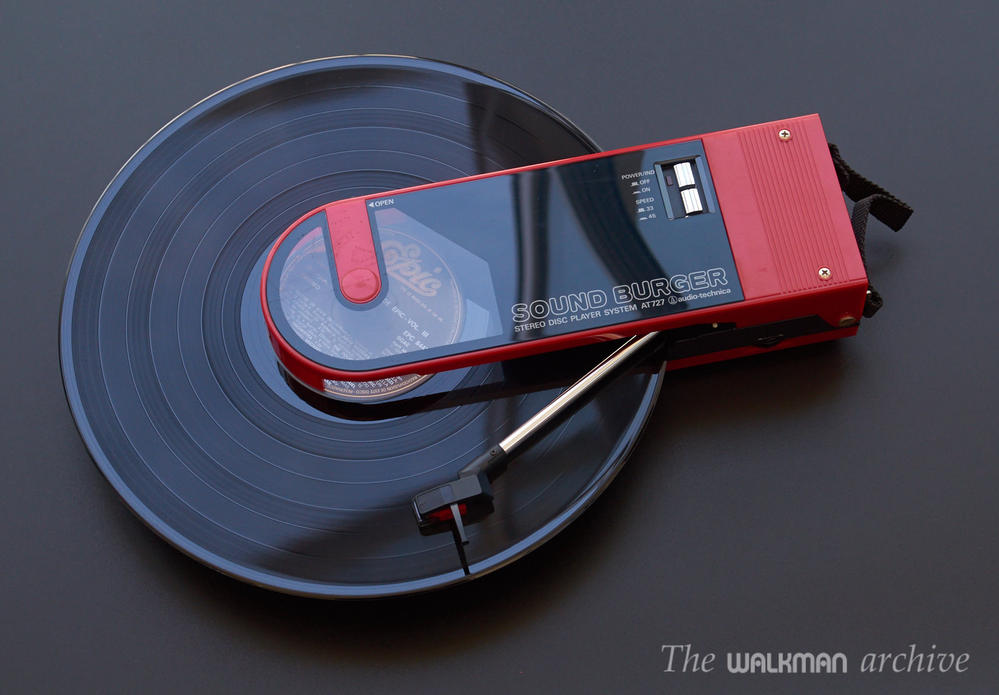
In the 2000s, Audio-Technica continued its business at a new level. This is how the professional “turntable” LP120USBC appeared, and then the LP1240, which is equipped with a DJ module. The fact that buying a vinyl player in the 21st century is only needed by lovers of antiques or experienced audiophiles is a delusion: many people buy such devices as an unusual way to listen to their favorite music, others want to see a vinyl player as an element of the interior. Of course, there are a lot of those who want to “charge” the AC / DC record on Friday night and let the male tears loose.
Our guest today is the Audio-Technica AT-LP3 turntable , designed primarily for novice music lovers. The company introduced it this year at CES 2017: the player is quite simple in terms of design, but it has a straight statically balanced tonearm with a hydraulic microlift.

The manufacturer positions it as a device, with which you can begin to get acquainted with analog sound and vinyl in general, and only after some time pay attention to more expensive models - either upgrade this unit, and later we will tell how to do it. In terms of build quality, it significantly exceeds other models from its price segment (up to 20 thousand rubles), yet the quality of Audio-Technica makes itself felt.
The model has a clear sound due to the reduced number of unwanted vibrations - the supporting disk (cast) is equipped with a 4 mm damping rubber mat. There is also a built-in phono stage. It seems it is time to get to know this player closer.
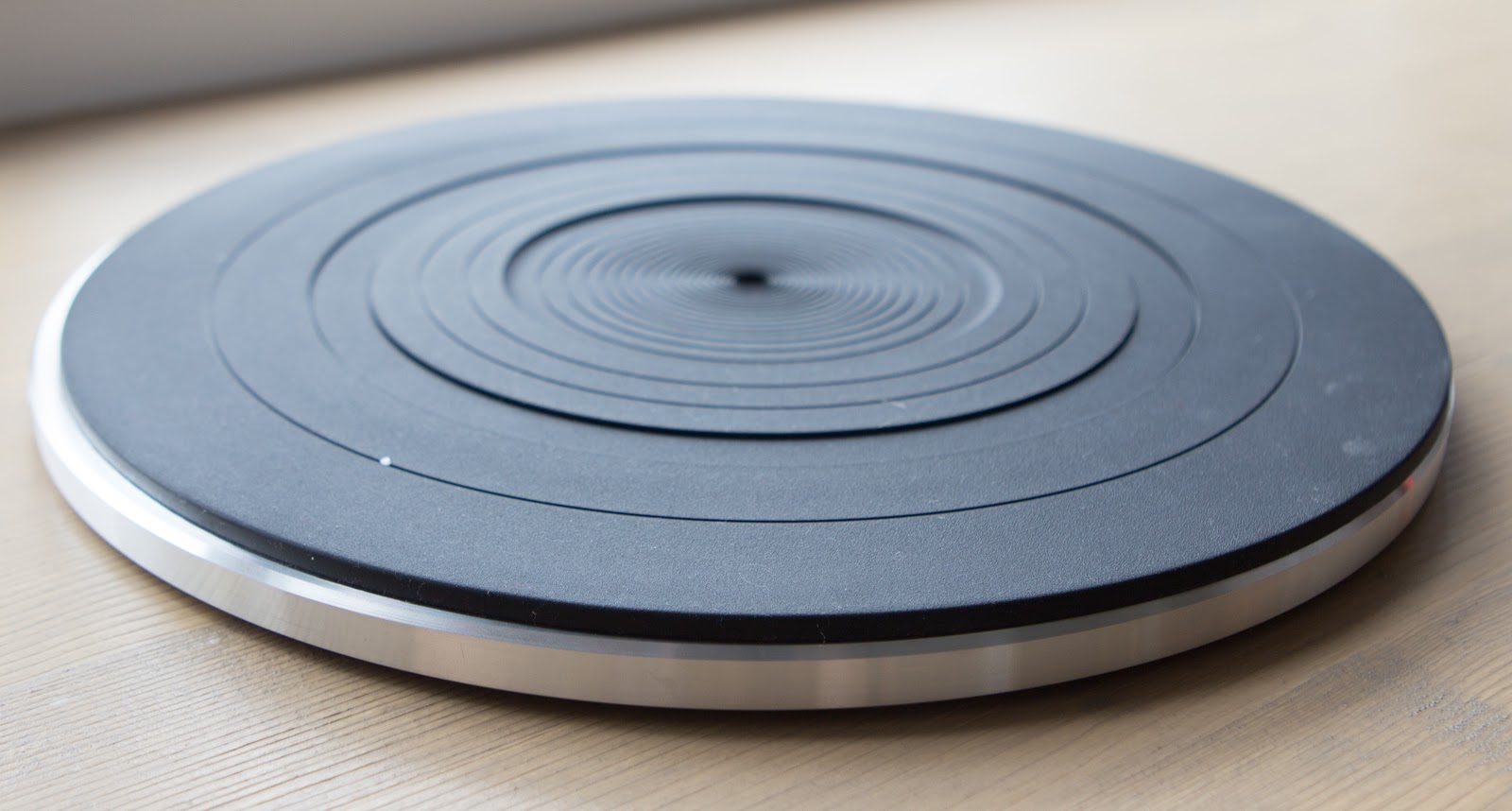


In the case of a vinyl player, this item cannot be definitely missed, because here it is very important which pickup is included. At AT-LP3, this AT91R with a needle made of ultralight aluminum alloy is quite an adequate solution that will suit most device buyers. If you want something extravagant, you can replace it with a cartridge more abruptly (we will deal with this later).

In addition, the kit includes an adapter for plates supporting 45 revolutions per minute, a rubber mat 4 mm thick for leveling vibrations, a set of cables, including for connecting to an audio system, and, of course, a dust-proof transparent cover. Last in many vinyl players is not enough, since the ingress of dust on the disc - an undesirable phenomenon.

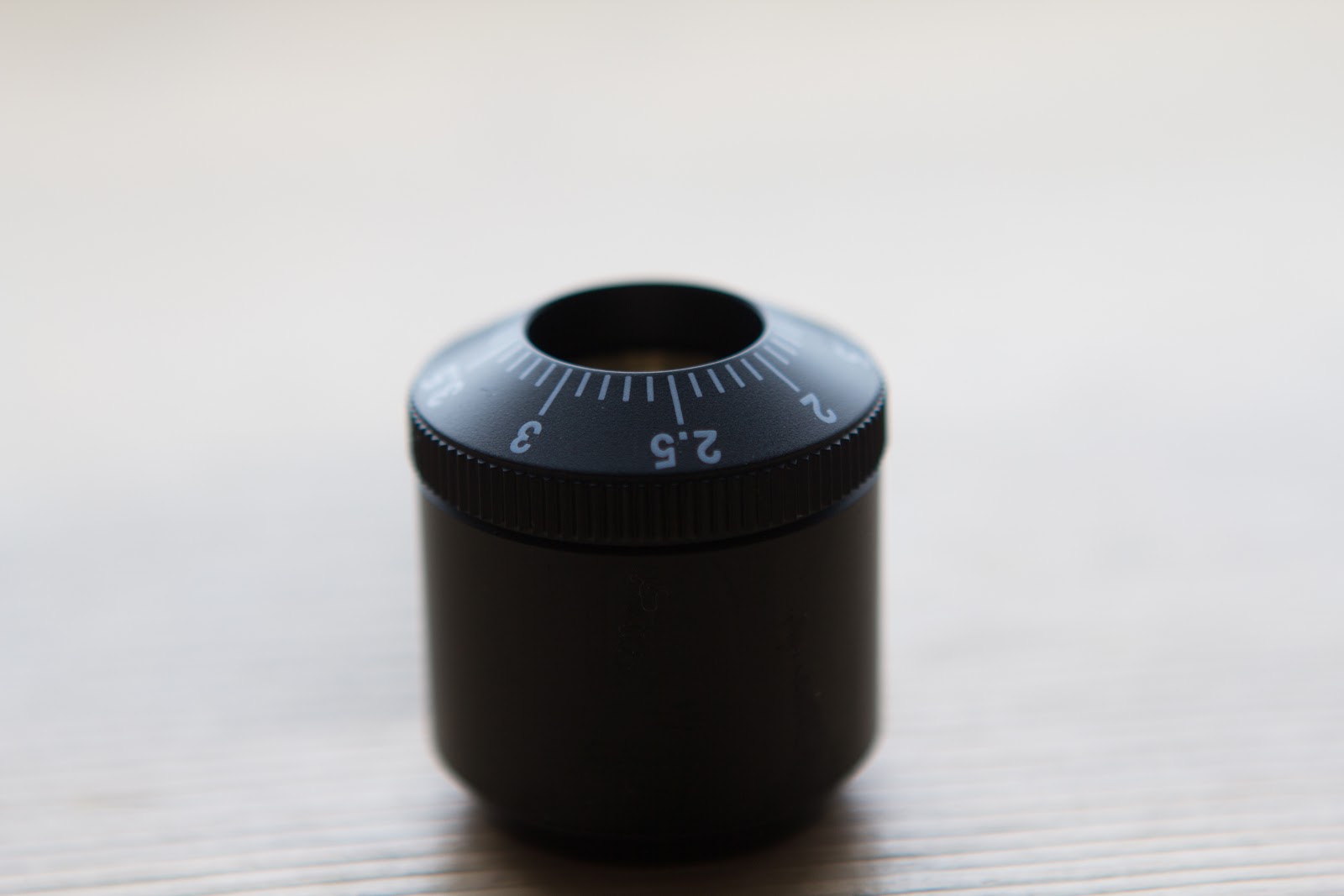

At first glance, the AT-LP3 has a lot in common with the good old vinyl players from the last century, but if you look closely, the differences are immediately visible. It looks strictly and minimalist, largely due to the lack of a variety of levers and switches, like the retro models. Despite this, there are enough controls: on the left, for example, there is a switch that electronically changes the speed of rotation of the disk from 33 to 45 revolutions per minute and vice versa.

On the right is a special toggle switch, it allows you to set the diameter of the installed plate (from 7 inches to 12 inches), this is necessary for the proper operation of the automation. At any time listening can be stopped or resumed using the Start and Stop buttons, located just below, so even an inexperienced user will cope with the player without problems (the mechanism will lead the cartridge where necessary and bring it down to the opening track). Also, the arm itself returns to its original position after the end of the record. Another switch is used to change the mode of operation of the device depending on the use of coil or magnetic cartridges, which is usually not found in players with a built-in phono equalizer.
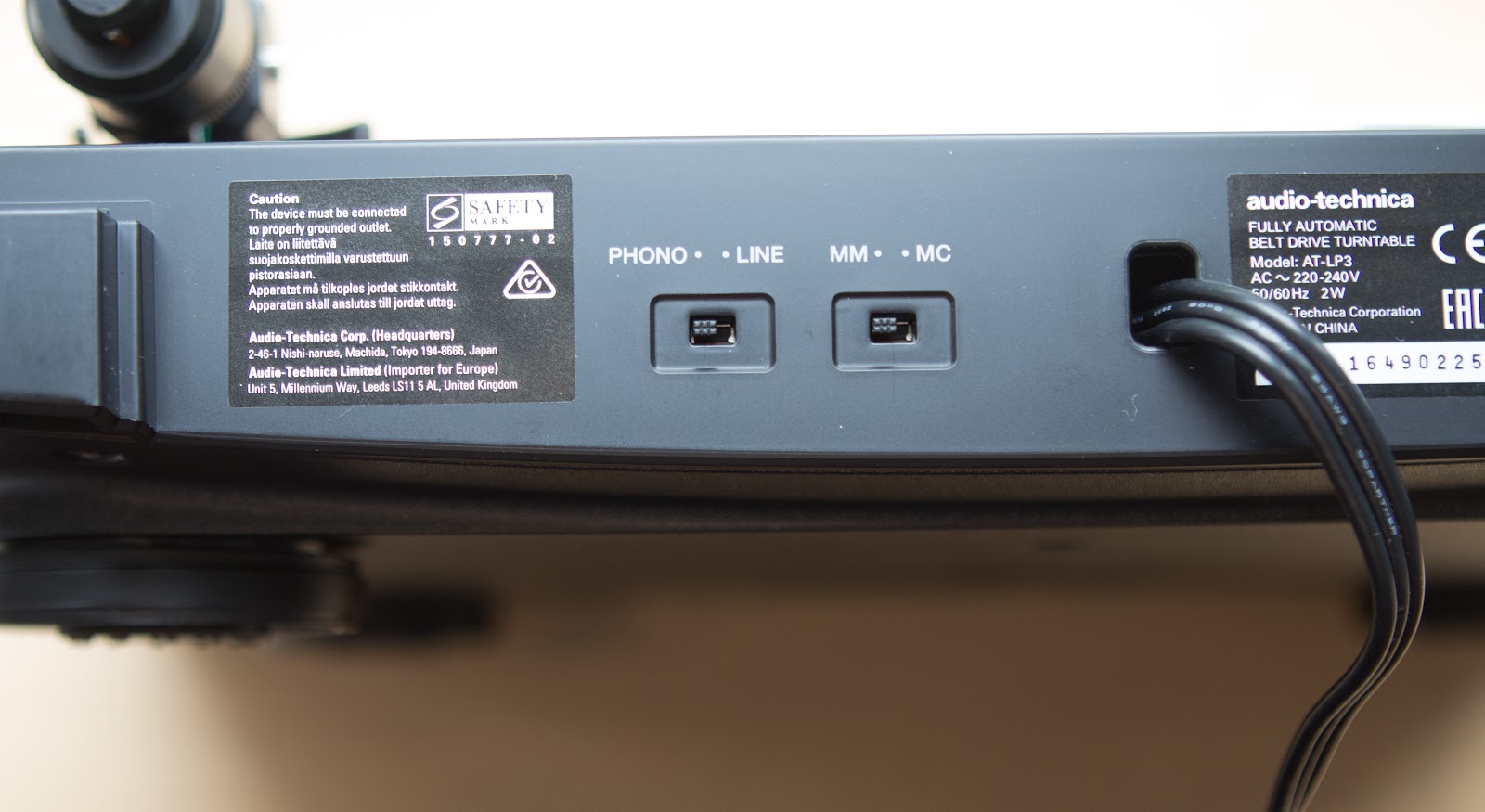

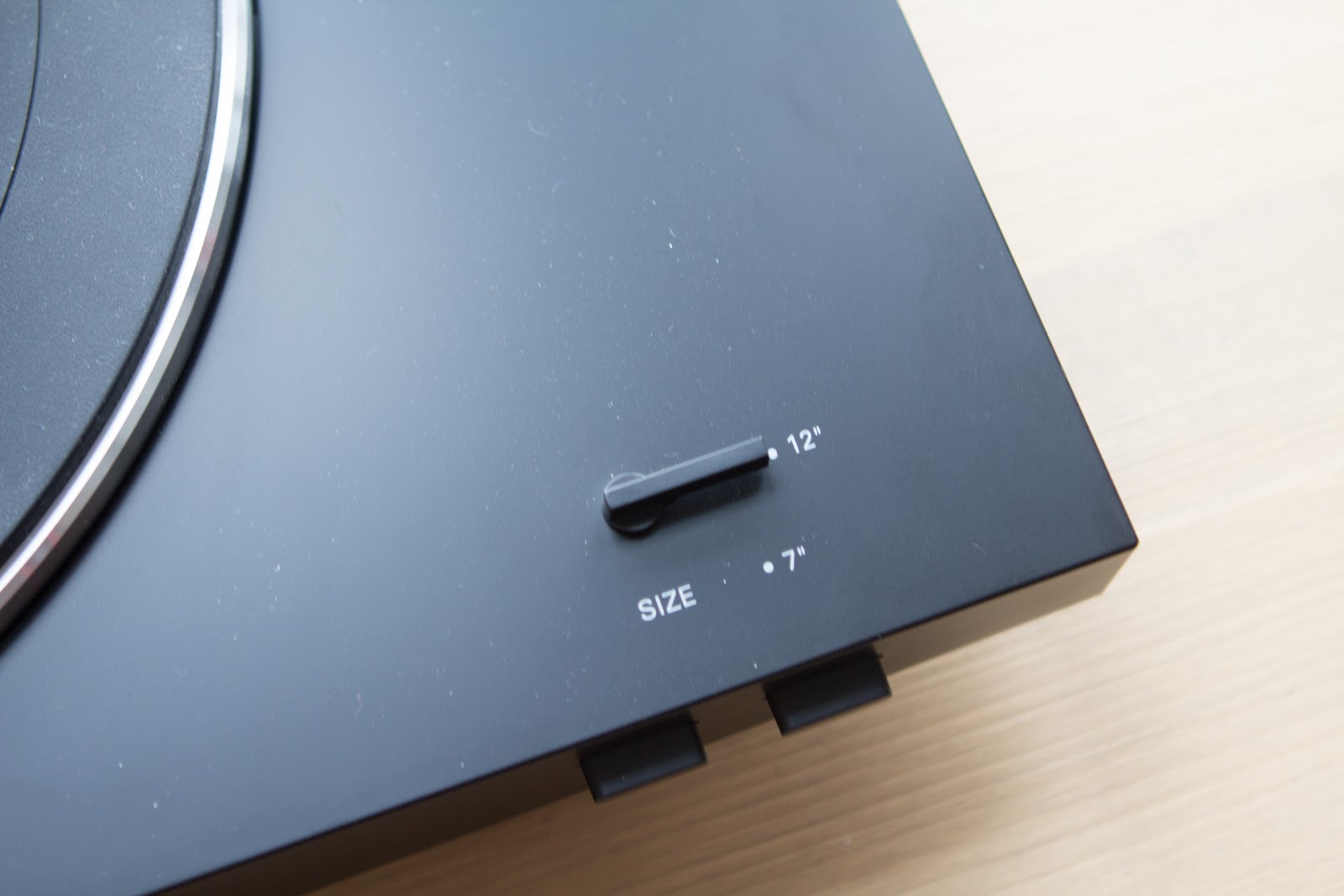

In the middle, in fact, is the heart of our "turntables". As we have already said, a damped rubber mat should be immediately put on the molded support disc, since this way the sound will be much brighter and more vivid and distortion will be minimized. Direct statically balanced tonearm is equipped with a lift with hydro-damping, radial and basic ball bearings are used in its design, due to which smooth movement of the pickup takes place.
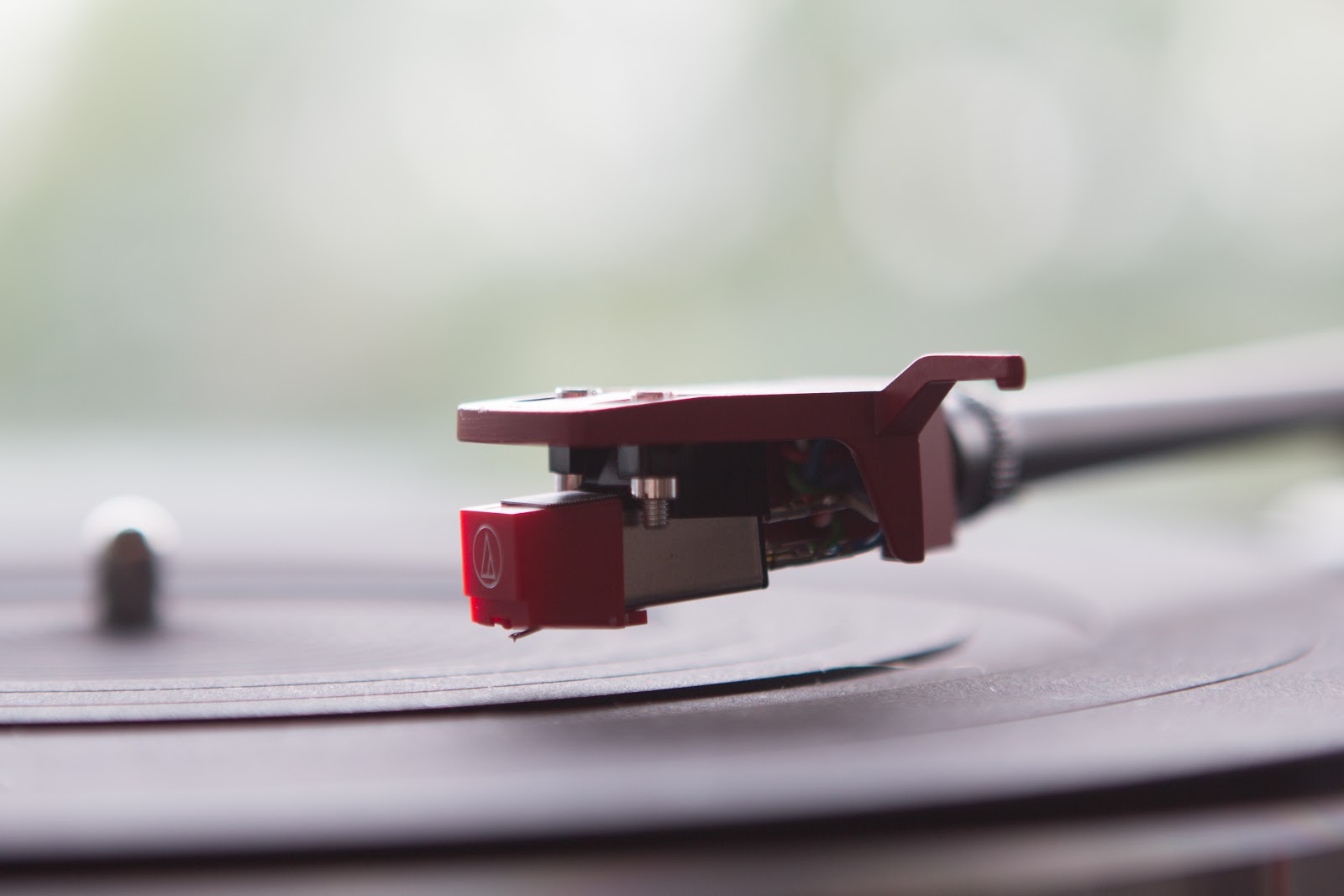

The AT91R is mounted on a semi-inch standard type shell. The design of the magnetic cartridge has a tubular cantilever made of ultralight aluminum alloy. It changes quite easily, in the arsenal of Audio-Technica there are many models cheaper and more expensive, which provide the listener with a complete carte blanche in terms of upgrade. I would like to pay attention to the last point in particular, since it eliminates the need to purchase an expensive vinyl player. You can draw an analogy with a computer: to improve performance, it is not necessary to change the entire system unit, just add RAM or, for example, replace a video card with a more powerful model.
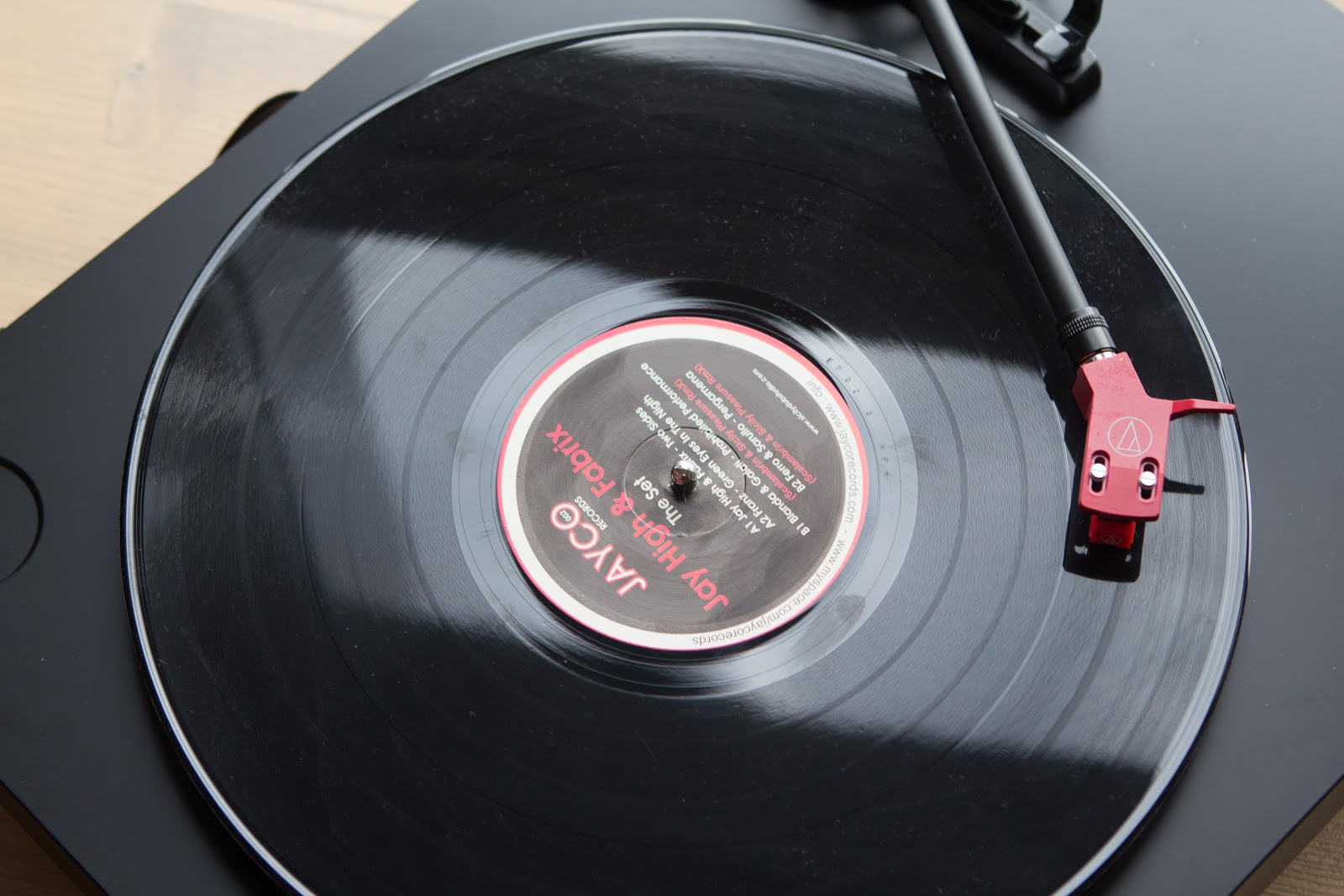
The AT-LP3 has a built-in phono stage, which, if desired, can be turned off and use the input of the amplifying device. You can optionally connect the player to the line input of an amplifier or AV receiver.
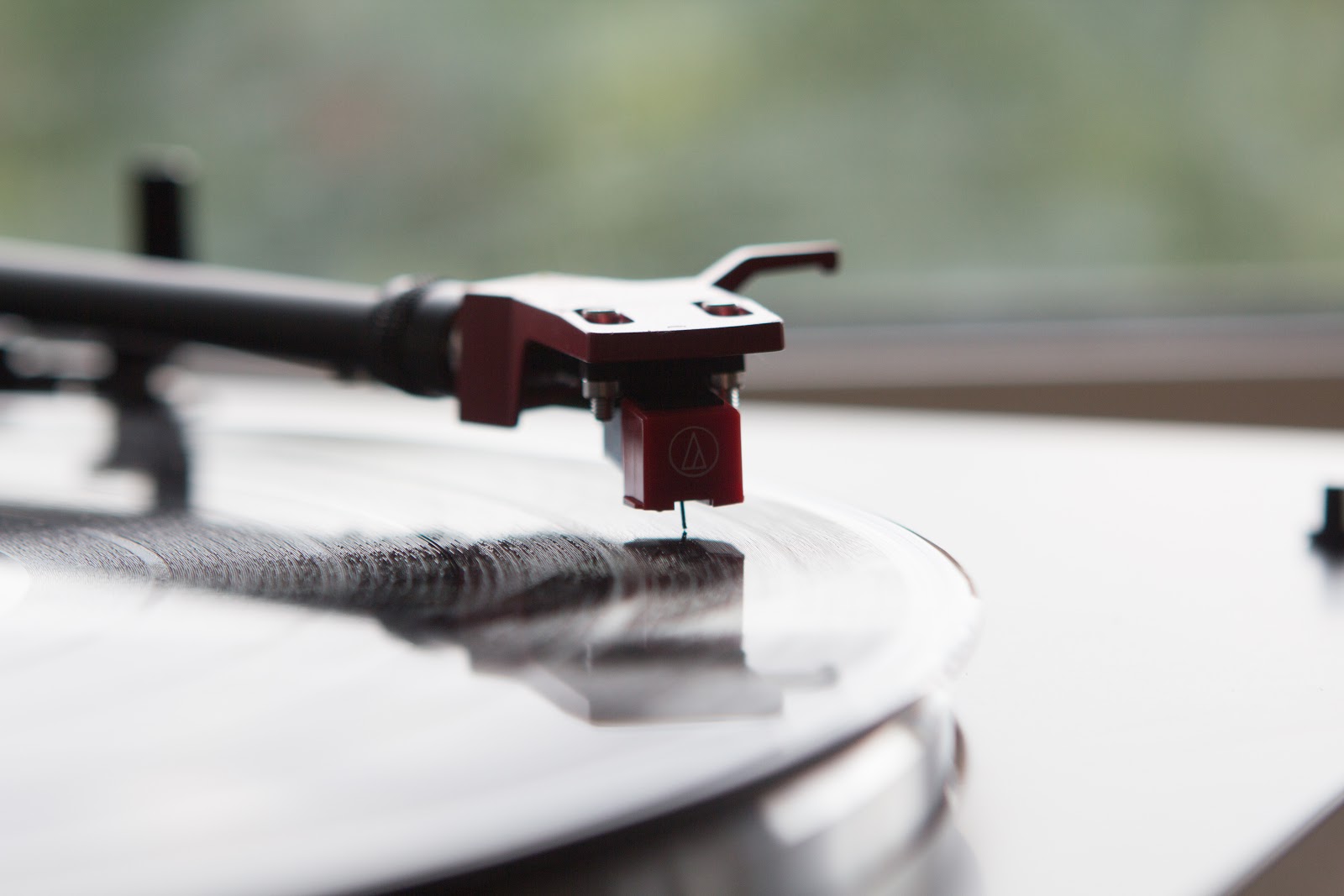
When you do a review of a vinyl player, it’s hard to pick up and start describing sound like this, because it’s not like with headphones or portable audio players. In general, what should be the reference sound of vinyl? Someone needs that characteristic “crunching” from the middle of the last century, others give clear sound and “mirror-clear” high frequencies. Let's just say that the AT91R cartridge comes with a very rich and lively sound. The frequencies were not cut, only positive impressions remained from listening to most of the records, somewhere in the middle I even wanted to melt the fireplace and pour a glass of something of an adult.
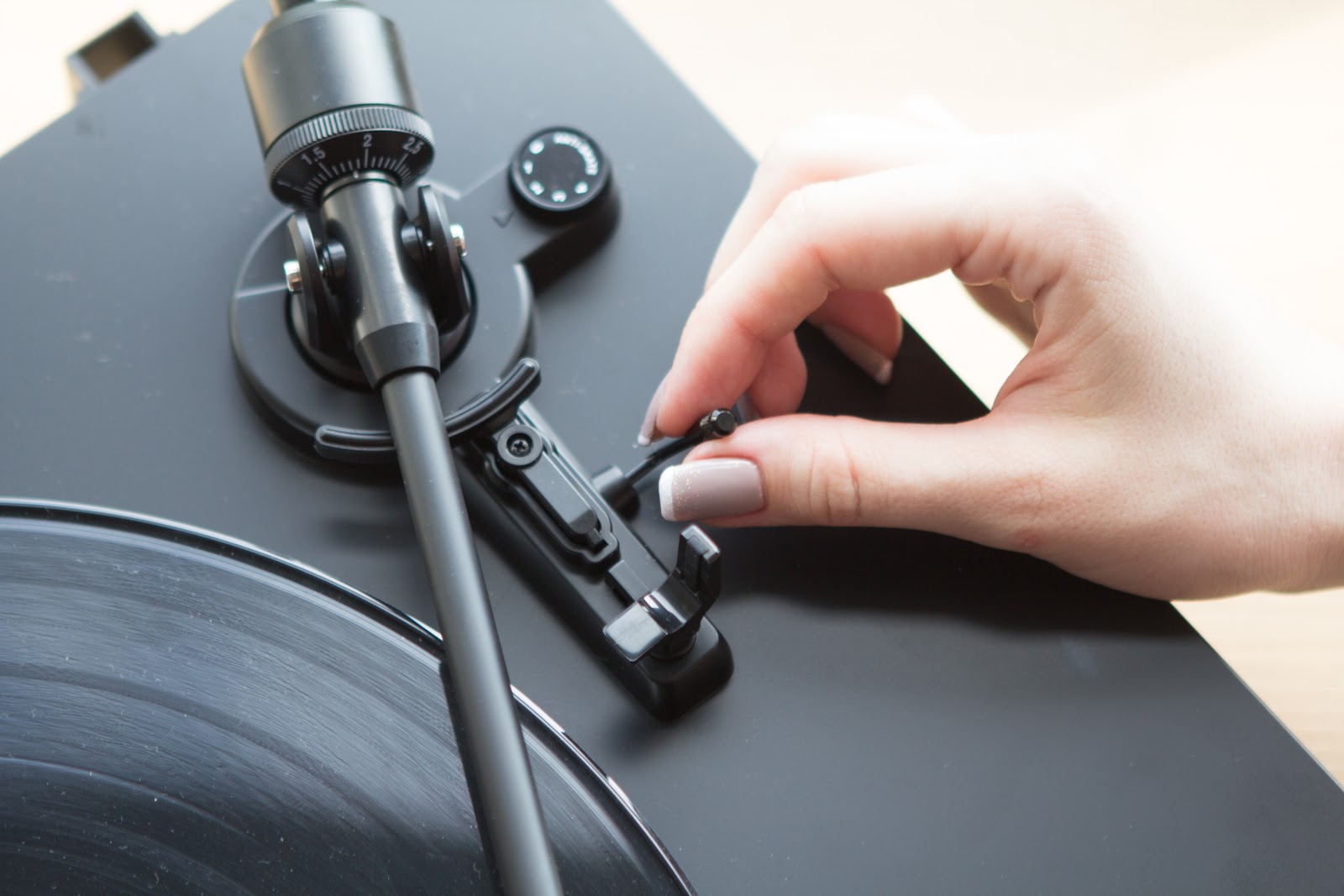
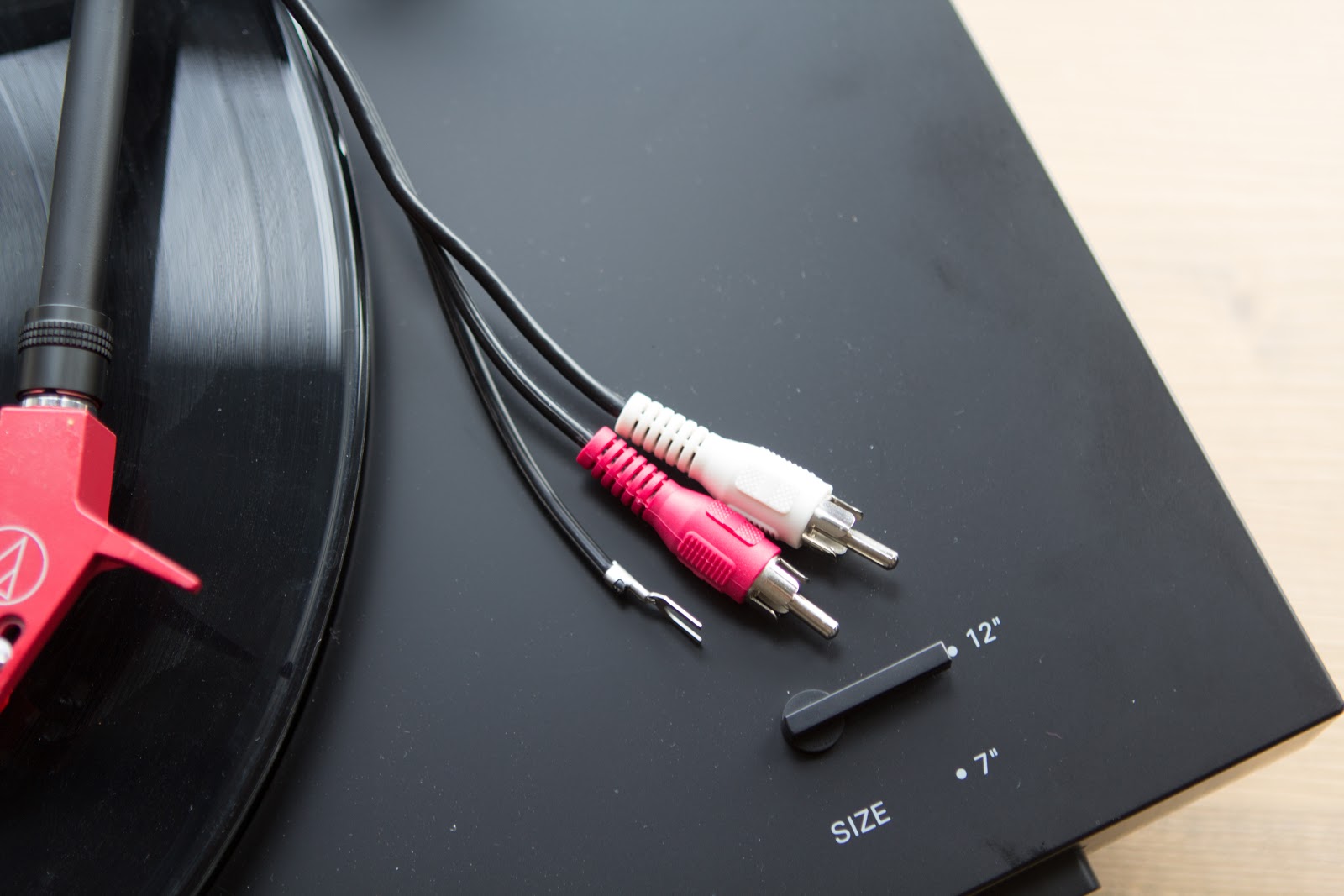
If we talk about sound quality, a lot depends on the pickup used. We decided not to be content with the complete set and, for the purity of the experiment, we listened to the device, replacing the standard cartridge with three third-party alternately (also from Audio Technica), and with a different cost - so to speak, made an upgrade on the spot.


The cartridges were VM610CB , VM530 EN and VM750SH . Do I have to say that the sound is completely different: if with 510, for example, it is brighter, then the 530 model adds to this more saturation.

But the most interesting impressions were from listening to a player paired with a VM750SH pickup. There was an impression that you are listening to the device not for 20 thousand rubles, but at least several times more expensive. It is not surprising, because the last cartridge is the most expensive player.
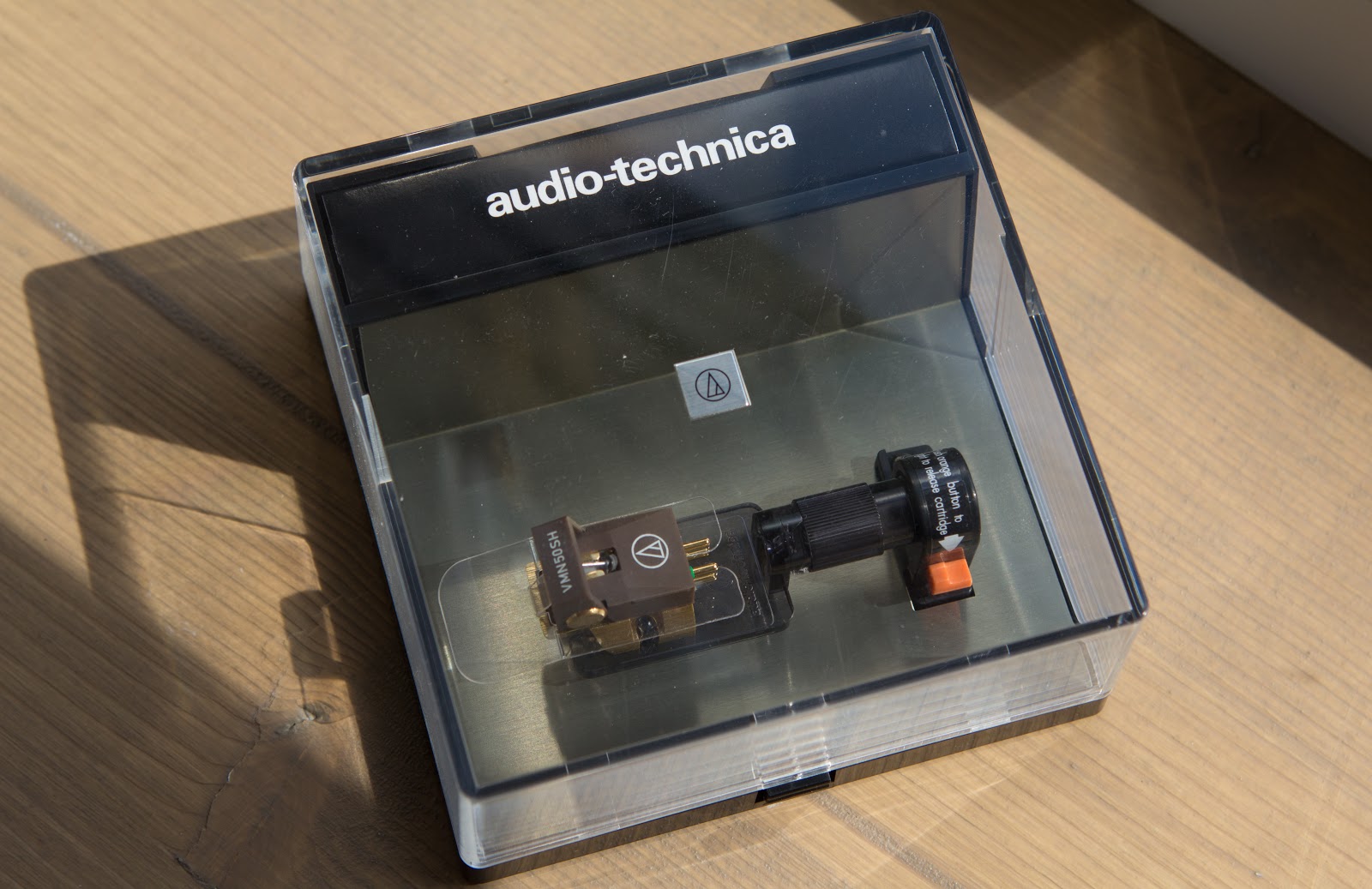
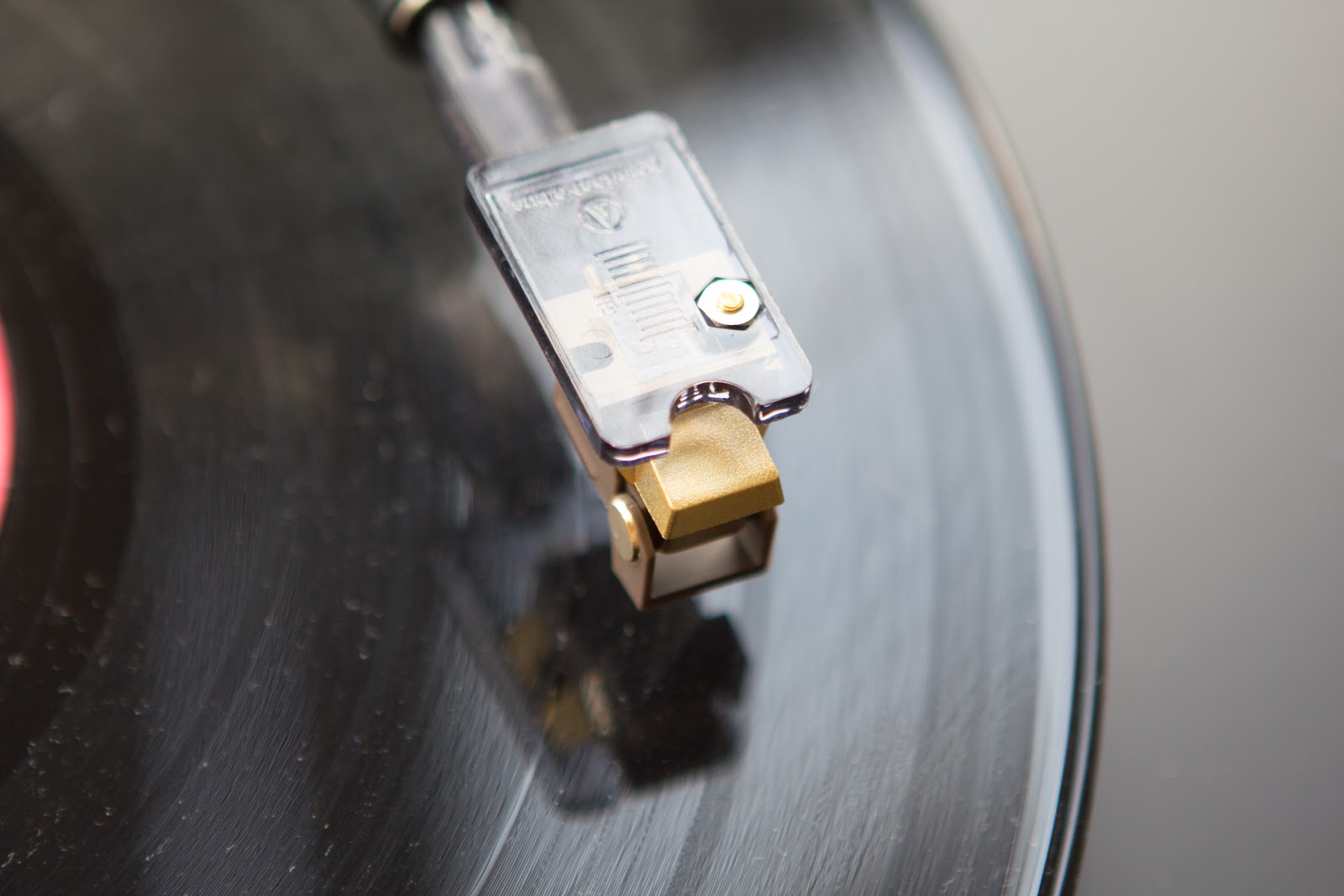
Admittedly, in terms of sound (and design), turntables are obtained from Audio Technica of the same level as its headphones, which probably now lie in many at home or in the office. Still, this is not some noname-maker, and he is able to develop acoustics. In many ways, this distinguishes AT-LP3 from other players in the price segment we are considering.
Modern vinyl players have both adherents and uncompromising opponents, the latter assuring that real sound is possible only with mechanical reproduction, and the artist on the cover should be viewed with a kerosene lamp. Is it really? If such unique personalities are found, then, probably, everything is individual. But even if such people are given a Bon Jovi record on a Friday evening, they are unlikely to resist. Many of the hits of the last century have not been preserved in the best possible way, but on vinyl they sound almost exactly the same as 50-60 years ago.
It is possible that you still need to grow before buying vinyl, but the AT-LP3 model from Audio-Technica is the one where you can start your way, because similar solutions on the market cost, if not an order of magnitude, then more expensive.
PS There is a legend that the famous game “Field of Miracles” (more precisely, its American counterpart) came to mind of the creator while listening to the record. So, gentlemen, roll thedrum vinyl!

From phonoautograph to x-ray film
A device called the phonoautograph was created in France in the 19th century - then it was a cumbersome structure, which consisted of a glass roller (where the sound wave was recorded) covered with soot or paper, as well as a horn with a needle at the end.

After several decades, the device was able to finish Thomas Edison. His phonograph played the sound from tin or wooden rollers, which were covered with foil or a piece of paper (previously soaked in wax). It can be said that this particular device became the main ancestor of twentieth-century vinyl players. Later, Berliner, who created a recorder and a gramophone, took over the business, and also began using a flat zinc disc as a recording medium.

The following years, the inventors were in search of the ideal material for the plate, because the existing solutions were either expensive to manufacture or were short-lived and too sensitive to external influences. So the plates went from vulcanized rubber to magnetic tape, PVC and even X-ray films, which they managed to use in the USSR to make the coveted disc.

In the future, the principle of reproduction of records remained unchanged: the needle reads the sound pattern, which is placed on the tracks of the plate. Toward the middle of the 20th century, the players became as they are known (alas, do not remember) the current generation. With the advent of stereo records in 1958, the vertical became responsible for the left channel, and the horizontal roughness for the right one. And even now in modern vinyl players, from the point of view of mechanics, everything is the same: sound-removing needles, a rotating disk.
For the Japanese Audio-Technica, turntables became fateful in many ways - the manufacturer introduced its first “needles” (AT-1 and AT-3) in 1962 (by the way, this year is considered the foundation year of all Audio-Technica, since start with the production of pickups). Later, the company entered the world market with the AT-5 model and even became the first producer of ultra-pure single-crystal copper pickups, making a significant discovery in the world of audio technology. Audiophiles probably remember the same Mister Disc or Sound Burger from the 80s.

In the 2000s, Audio-Technica continued its business at a new level. This is how the professional “turntable” LP120USBC appeared, and then the LP1240, which is equipped with a DJ module. The fact that buying a vinyl player in the 21st century is only needed by lovers of antiques or experienced audiophiles is a delusion: many people buy such devices as an unusual way to listen to their favorite music, others want to see a vinyl player as an element of the interior. Of course, there are a lot of those who want to “charge” the AC / DC record on Friday night and let the male tears loose.
Our guest today is the Audio-Technica AT-LP3 turntable , designed primarily for novice music lovers. The company introduced it this year at CES 2017: the player is quite simple in terms of design, but it has a straight statically balanced tonearm with a hydraulic microlift.

The manufacturer positions it as a device, with which you can begin to get acquainted with analog sound and vinyl in general, and only after some time pay attention to more expensive models - either upgrade this unit, and later we will tell how to do it. In terms of build quality, it significantly exceeds other models from its price segment (up to 20 thousand rubles), yet the quality of Audio-Technica makes itself felt.
The model has a clear sound due to the reduced number of unwanted vibrations - the supporting disk (cast) is equipped with a 4 mm damping rubber mat. There is also a built-in phono stage. It seems it is time to get to know this player closer.

Specifications
| Player Type
| Automatic, belt drive
|
| Supporting disc
| Cast aluminum
|
| Disk rotation speed
| 33 or 45 revolutions per minute
|
| Signal to noise ratio
| 60 dB
|
| Output Level (Line Output)
| 129-313 mV
|
| Detonation rate
| <0.25% (3 kHz)
|
| Outputs
| 2RCA
|
| Phono correction
| 36 dB
|
| Tonearm length
| 8.7 inches
|
| Head type
| MM
|
| Dimensions (W x H x D)
| 434 x 128 x 350mm
|
| Weight
| 5.2 kg
|
Equipment


In the case of a vinyl player, this item cannot be definitely missed, because here it is very important which pickup is included. At AT-LP3, this AT91R with a needle made of ultralight aluminum alloy is quite an adequate solution that will suit most device buyers. If you want something extravagant, you can replace it with a cartridge more abruptly (we will deal with this later).

In addition, the kit includes an adapter for plates supporting 45 revolutions per minute, a rubber mat 4 mm thick for leveling vibrations, a set of cables, including for connecting to an audio system, and, of course, a dust-proof transparent cover. Last in many vinyl players is not enough, since the ingress of dust on the disc - an undesirable phenomenon.



Appearance and features
At first glance, the AT-LP3 has a lot in common with the good old vinyl players from the last century, but if you look closely, the differences are immediately visible. It looks strictly and minimalist, largely due to the lack of a variety of levers and switches, like the retro models. Despite this, there are enough controls: on the left, for example, there is a switch that electronically changes the speed of rotation of the disk from 33 to 45 revolutions per minute and vice versa.

On the right is a special toggle switch, it allows you to set the diameter of the installed plate (from 7 inches to 12 inches), this is necessary for the proper operation of the automation. At any time listening can be stopped or resumed using the Start and Stop buttons, located just below, so even an inexperienced user will cope with the player without problems (the mechanism will lead the cartridge where necessary and bring it down to the opening track). Also, the arm itself returns to its original position after the end of the record. Another switch is used to change the mode of operation of the device depending on the use of coil or magnetic cartridges, which is usually not found in players with a built-in phono equalizer.




In the middle, in fact, is the heart of our "turntables". As we have already said, a damped rubber mat should be immediately put on the molded support disc, since this way the sound will be much brighter and more vivid and distortion will be minimized. Direct statically balanced tonearm is equipped with a lift with hydro-damping, radial and basic ball bearings are used in its design, due to which smooth movement of the pickup takes place.


The AT91R is mounted on a semi-inch standard type shell. The design of the magnetic cartridge has a tubular cantilever made of ultralight aluminum alloy. It changes quite easily, in the arsenal of Audio-Technica there are many models cheaper and more expensive, which provide the listener with a complete carte blanche in terms of upgrade. I would like to pay attention to the last point in particular, since it eliminates the need to purchase an expensive vinyl player. You can draw an analogy with a computer: to improve performance, it is not necessary to change the entire system unit, just add RAM or, for example, replace a video card with a more powerful model.

The AT-LP3 has a built-in phono stage, which, if desired, can be turned off and use the input of the amplifying device. You can optionally connect the player to the line input of an amplifier or AV receiver.
Sound and impressions

When you do a review of a vinyl player, it’s hard to pick up and start describing sound like this, because it’s not like with headphones or portable audio players. In general, what should be the reference sound of vinyl? Someone needs that characteristic “crunching” from the middle of the last century, others give clear sound and “mirror-clear” high frequencies. Let's just say that the AT91R cartridge comes with a very rich and lively sound. The frequencies were not cut, only positive impressions remained from listening to most of the records, somewhere in the middle I even wanted to melt the fireplace and pour a glass of something of an adult.


If we talk about sound quality, a lot depends on the pickup used. We decided not to be content with the complete set and, for the purity of the experiment, we listened to the device, replacing the standard cartridge with three third-party alternately (also from Audio Technica), and with a different cost - so to speak, made an upgrade on the spot.


The cartridges were VM610CB , VM530 EN and VM750SH . Do I have to say that the sound is completely different: if with 510, for example, it is brighter, then the 530 model adds to this more saturation.

But the most interesting impressions were from listening to a player paired with a VM750SH pickup. There was an impression that you are listening to the device not for 20 thousand rubles, but at least several times more expensive. It is not surprising, because the last cartridge is the most expensive player.


Admittedly, in terms of sound (and design), turntables are obtained from Audio Technica of the same level as its headphones, which probably now lie in many at home or in the office. Still, this is not some noname-maker, and he is able to develop acoustics. In many ways, this distinguishes AT-LP3 from other players in the price segment we are considering.
So is this a tribute to antiquity or a new trend?
Modern vinyl players have both adherents and uncompromising opponents, the latter assuring that real sound is possible only with mechanical reproduction, and the artist on the cover should be viewed with a kerosene lamp. Is it really? If such unique personalities are found, then, probably, everything is individual. But even if such people are given a Bon Jovi record on a Friday evening, they are unlikely to resist. Many of the hits of the last century have not been preserved in the best possible way, but on vinyl they sound almost exactly the same as 50-60 years ago.
It is possible that you still need to grow before buying vinyl, but the AT-LP3 model from Audio-Technica is the one where you can start your way, because similar solutions on the market cost, if not an order of magnitude, then more expensive.
PS There is a legend that the famous game “Field of Miracles” (more precisely, its American counterpart) came to mind of the creator while listening to the record. So, gentlemen, roll the
All Articles